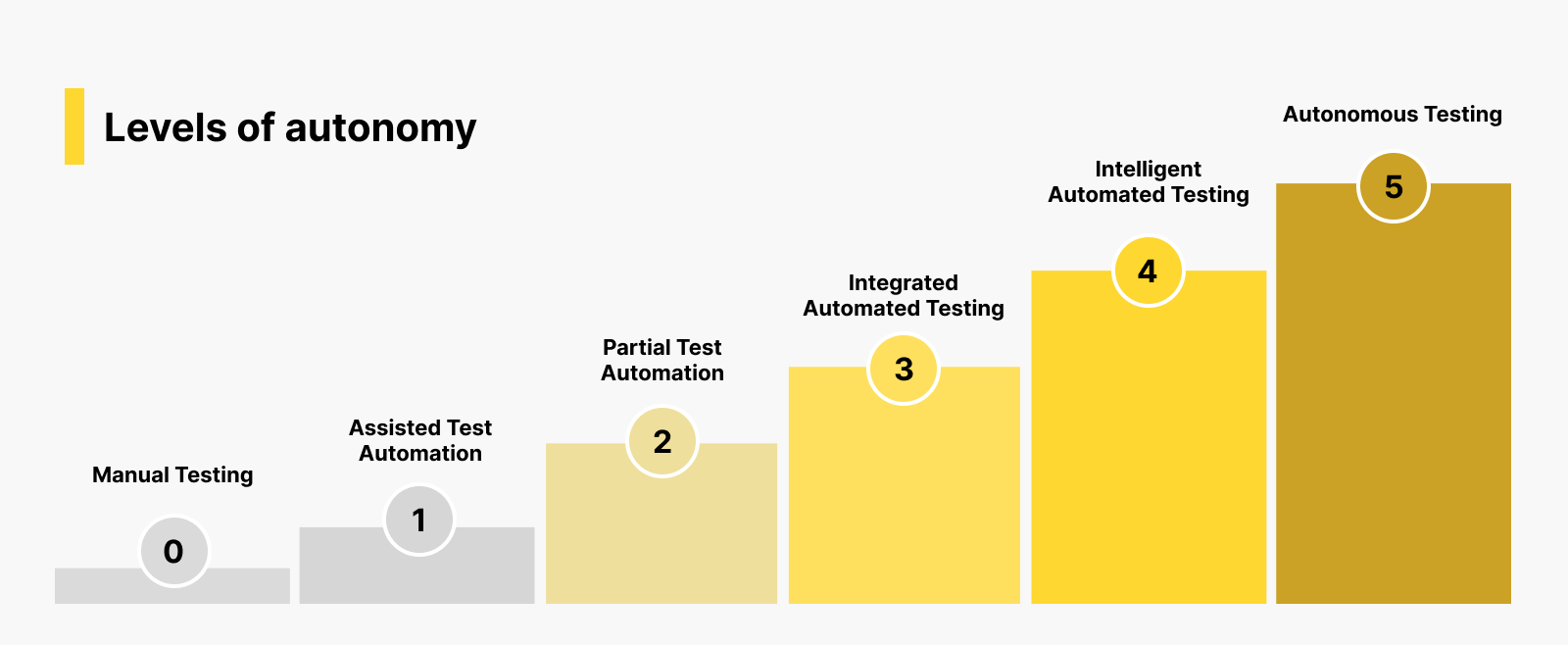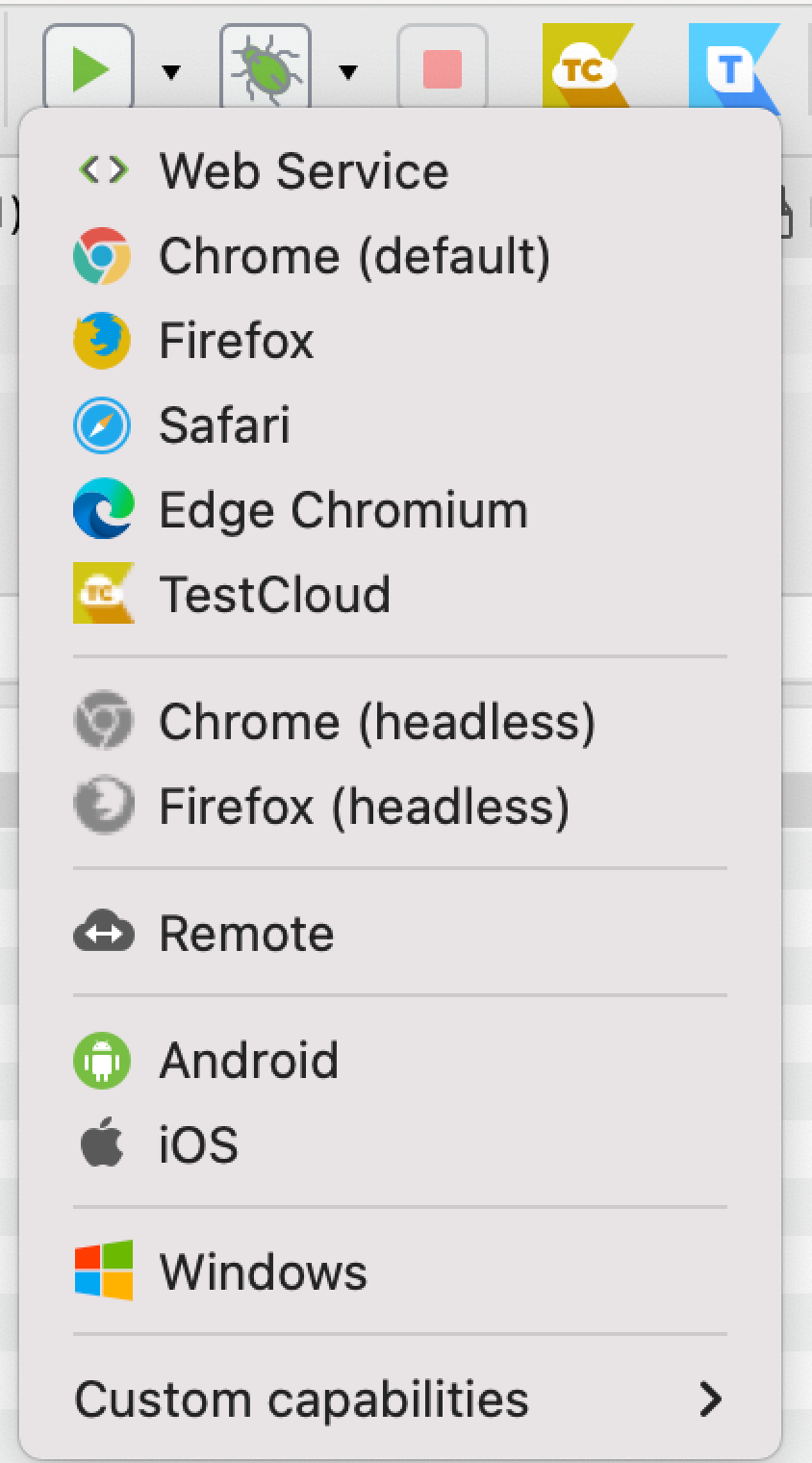
How To Build A Good Test Infrastructure?

Any (functioning) system is built upon an infrastructure. This infrastructure supports all of the functions and activities of the system. Testing is no exception. With a good test infrastructure, QA teams can speed up their testing efforts and drastically improve efficiency.
In this article, we will explore the concept of test infrastructure, and how you can effectively build one.
What is Test Infrastructure?
Test infrastructure is the underlying systems, processes, and tools required to facilitate testing activities. Everything you need to create, manage, and execute your tests throughout the entire testing lifecycle falls under the test infrastructure.
Components of Test Infrastructure

A basic test infrastructure usually consists of the following:
- Testing framework: These are the core libraries that provide the structure and functionality for test creation and execution. For example, if you are testing a mobile application, chances are you are using Espresso (for Android apps) or XCTest (for iOS apps). They provide a structured approach to scripting, and most of the time they also come with test execution/reporting methods to support you in the later stages.
- Testing tools: At a higher level of abstraction there are automation testing tools. These tools are usually built on a certain testing framework, but the coding parts are simplified and abstracted away, so that testers don’t have to do the heavy lifting, and can focus on more strategic activities.
- CI/CD pipeline: With Continuous Integration (CI) and Continuous Delivery/Deployment (CD), QA teams establish a streamlined process, where the code is integrated into a shared repository, automatically compiled, tested, and deployed to staging environments. Automated testing is an integral part of this process. It ensures that the software is frequently tested, and any detected bugs are addressed as early as possible. Read more: Top 14 CI/CD Tools Every Tester Should Know.
- Test data management: QA teams need diverse and comprehensive test data to facilitate data-driven testing. This requires a separate repository where the data is properly stored, managed, maintained, and set up for future testing. This is where test data management shines through.
- Test case management: Similar to test data management, having a dedicated system to manage your test cases is also a highly recommended practice. Test case management starts from the very beginning stage of test planning. It functions as a blueprint for the team to base the rest of their activities on. This is also where they keep track of the testing progress, update the results, and document the defects found. See how you can manage your test cases.
Test Infrastructure in Manual Testing
The nature of manual testing does not require a lot of configuration in terms of test infrastructure. A test case management system where testers can simultaneously plan, keep track of, and record the results of their tests should suffice in this case.
A testing project with only manual tests works for a small number of test cases. However, as soon as the project scales and application complexity grows, the need for a dedicated test infrastructure arises. Here’s why:
- Manual testing is simple but highly repetitive. The same actions need to be manually executed over and over, which takes a lot of time.
- Human testers are prone to error. They can make mistakes along the way, tampering with the results. There can also be some inconsistency regarding how the test is executed.
- As the complexity of the application grows, the number of test cases to execute also grows, and it is costly to scale and maintain a huge team of only manual testers to keep up with the application’s growth.
The Trend To Upgrade Your Test Infrastructure To Support Automation
At some point, QA teams have to gradually move from manual testing to automation testing. In fact, automation testing is already the norm in the industry, and the future is “autonomous testing.” Once we reach autonomous testing, the test infrastructure is an intelligent system that can carry out all testing activities on its own, with little to no human intervention.
As of now, most QA teams are in the first to third stage in terms of autonomy, according to the Autonomous Software Testing Benchmark.

At these stages, QA teams need a test infrastructure that can support their automation efforts. This means adopting a techstack that automates and supports the automation of test cases.
How To Build Your Test Infrastructure in Automation Testing
QA teams usually have three options:
- Automate test cases with open-source testing libraries/frameworks. The goal is to create higher levels of abstraction around the core library’s functionality so that the framework is more user-friendly and versatile. QA teams also have to build their own test management, test reporting, and test maintenance features.
- Single-point automation testing tools. Here we have commercial tools that satisfy a single testing purpose (UI testing, functional testing, API testing, etc.). These tools usually come with features to support test management, reporting, as well as CI/CD integration.
- Software quality management platform. Here all types of AUT are integrated into one single testing platform, while also providing the necessary features as a complete test infrastructure in and of itself. There is no need to integrate dozens of single-point tools together. You have everything in one place.
Let’s see how you can have an entire test infrastructure using Katalon.

With Katalon, you have an entire test infrastructure built in one place. You can go through the entire testing life cycle (from planning, test creation, management, and execution, to reporting) for web, desktop, mobile, and even API, without the need to code.
Download and Witness It For Yourself
Here’s how Katalon does it:
- No-code, low-code, and full-code modes: Katalon provides testers with three test creation modes.
- No-code: Using the Record-and-Playback feature, testers can record their on-screen actions and then automate them into a test script that they can replay as many times as needed.
- Low-code: Katalon also offers a collection of Built-in Keywords, which are essentially pre-written bits of code with adjustable settings aimed at carrying out particular tasks. For instance, a keyword like “Click” manages the technical steps to find an element (like a button) and execute a click on it. Testers simply need to indicate the element they want to interact with, without needing to concern themselves with the code running in the background.
- Full-code: Testers have the option to effortlessly activate Scripting mode and independently craft their test scripts. They can seamlessly switch between the no-code and low-code modes whenever necessary. These two modes complement the full-code mode, offering the best of both approaches: the ease of creating tests with point-and-click functions and the adaptability of thorough scripting. Instead of grappling with the complexities of scripting, testers can now concentrate on determining what to test, greatly enhancing productivity.
- All stages of testing are unified in one workspace: You can plan, write, and organize tests into test suites, execute them across various environments, and generate reports—all in one place. Achieving such centralization is more challenging with Appium, as it requires multiple additional integrations and significant framework development. In contrast, Katalon provides these features out of the box, making the testing process more streamlined and accessible.

- Smart reporting: After execution, you can access Katalon TestOps to get a full dashboard with charts, graphs, and diagrams to show patterns in your test results. You can zoom in/out on your test data by adjusting time frames to have a more comprehensive view.
Curious? Here's a demo:






